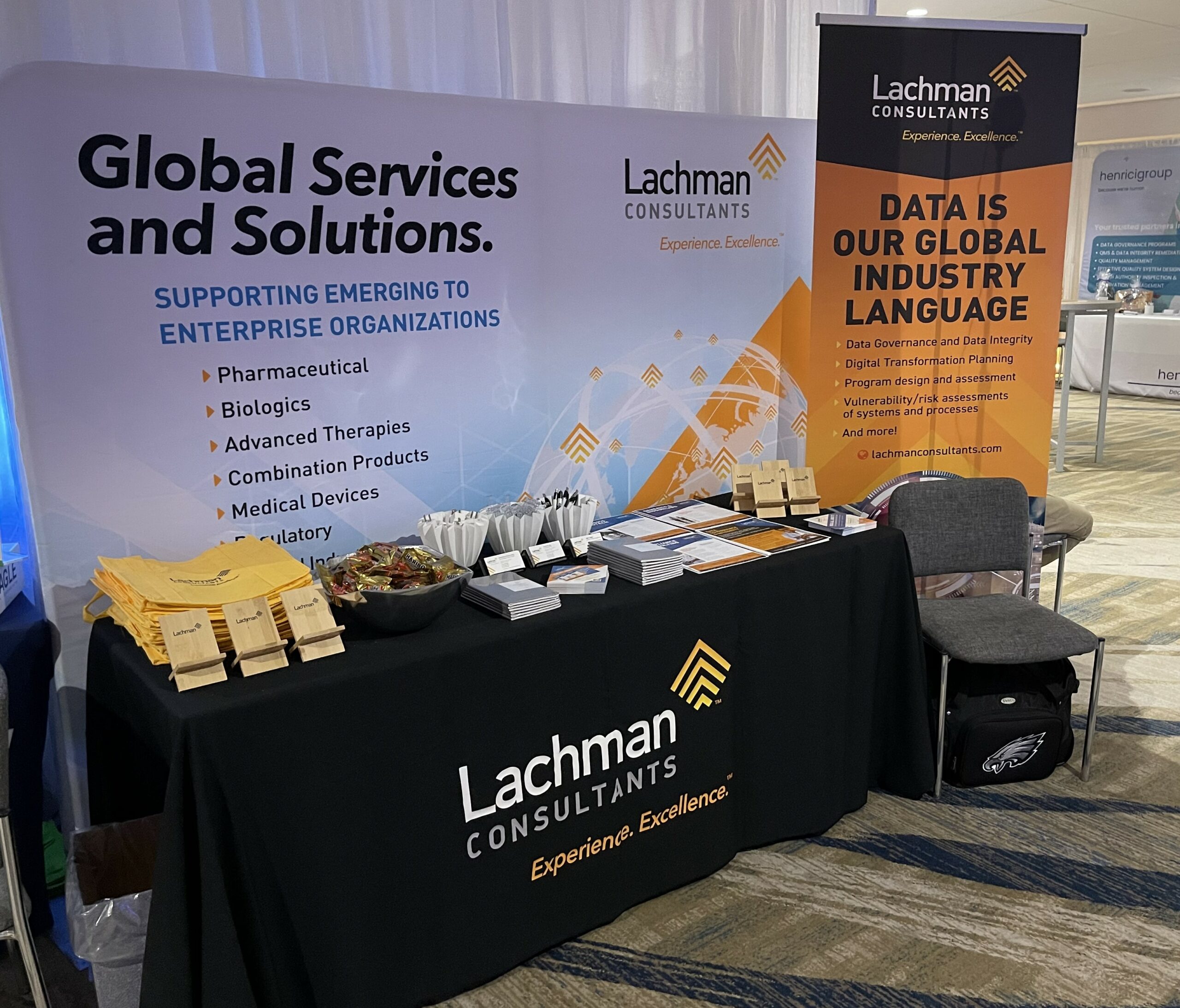Day 2 of the 2024 PDA/FDA Joint Regulatory Conference kicked off in a similar format to Day 1 with a panel discussion, moderated by Andrew Hopkins, that delivered key messages from various FDA leaders. An explanation of the imminent changes in the Agency’s organizational structure (CBER, CDER, and CVM) dominated the conversation. However, an impactful response from Jill Furman (Director of the Office of Compliance, CDER) resonated during the Q&A when asked about priorities in 2025—her reply was, “Maximizing effectiveness of enforcement actions,” and this is “including distributors.” This seems to encapsulate and reinforce the themes discussed during Day 1 around Quality Risk Management and the topic that was not mentioned but certainly implied, implementation of supply chain initiatives such as DSCSA.
A packed room listened to the panel share “lessons learned” in assessing and managing risks in aging facilities. Key themes discussed were how to integrate these learnings into a company’s PQS and how to share issues across a company’s larger network. Also discussed was the importance of visible inspection of facilities since many facility issues are only discovered by sight. Many questions asked of the panel dealt with the concept of risk; examples were provided where there may have been confusion on “accepting” low-risk items versus when a risk is misunderstood and incorrectly identified as low risk. A missed opportunity at this conference, however, was a discussion of facility services as a companion to the discussion of “the facility” itself. Lachman Consultants has worked extensively with various clients in aligning their risk programs, capital investment plans, and facility services, and our perspective indicates that including these items would have helped give attendees a more holistic (and realistic) view of all of the factors that contribute to a facility’s risk.
The afternoon moved from “the facility” to processes inside the facility, the Quality Unit, and improvements in auditing programs. Case studies were presented on the implementation of modern process technologies. Other topics included real-life examples, such as Digital Technologies brought to life and Digital Twins applied to vaccine manufacturing in order to optimize selected processes. Interesting case studies were presented by both Eli Lilly and Glaxo Smith Kline. In both of the case studies presented, the importance of the human in the data loop was emphasized to ensure that the data is understood and any resultant decision is transparent and scientifically based.
The end of Day 2 left the attendees with a real sense of the impact of technology that not only solves complex compliance problems but also ensures the quality of pharmaceutical products and reduces development cycle time to address public health needs.




